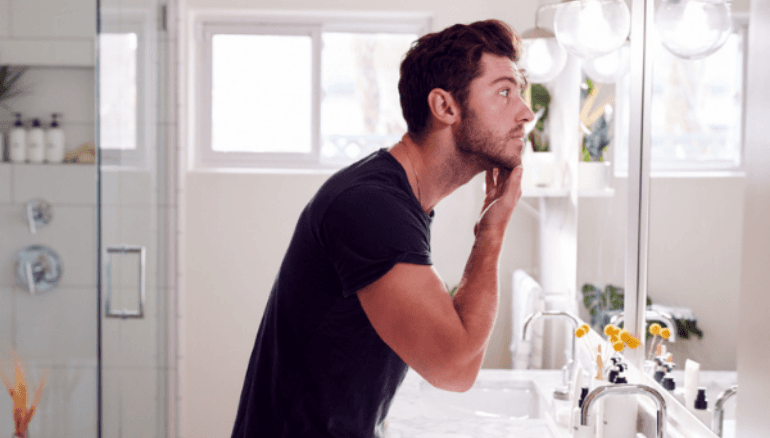Unhealthy preoccupations with concerns about physical appearance aren’t new, but the growing use of social media might be driving a rise in unhealthy perceptions of body image1.
And, while we tend to think of women as being more concerned with their appearance than men, pathological beliefs and behaviours related to body image appear equally prevalent between males and females, affecting around 1 in 50 people2.
What is body dysmorphic disorder?
Body dysmorphic disorder (BDD) is considered an obsessive-compulsive spectrum disorder, characterised by an imagined defect in appearance that results in significant distress or impaired function1.
Symptoms of BDD related to a preoccupation with appearance (e.g. time spent thinking about the perceived defect or the degree of distress from those thoughts) aren’t different between men and women.
The severity of behavioural symptoms isn’t much different either, other than women being more distressed by activities related to their perceived defect in appearance and being more likely to use makeup to conceal their perceived defect3.
Interestingly, women seem to have poorer insight into their BDD than men3.
The body areas that are the focus of men and women with BDD aren’t much different, except for women having a greater focus on the appearance of their legs, and men being more concerned about their muscularity3.
Muscle dysmorphia
Muscle dysmorphia is a variant of BDD, characterised by individuals’ concerns that they are insufficiently muscular, a preoccupation with activities aimed at increasing muscularity (weightlifting, dieting, use of performance-enhancing drugs), and severe distress about their bodies being viewed by others.
Muscle dysmorphia typically affects males and — like many other obsessive-compulsive spectrum disorders3 — its onset peaks in the late teens4.
People with muscle dysmorphia are more likely to have been diagnosed with a psychiatric illness (including disorders in eating, body image, and mood, and anxiety, substance use and suicidality) than people without the disorder5.
Prior experience of trauma, such as sexual assault or domestic violence is also more common than normal in people with muscle dysmorphia5.
Males who are dissatisfied with their bodies are more likely than others to experience anxiety and depression, particularly those with concerns about their muscularity and thinness5.
Treatment of body dysmorphic disorder
Cognitive behavioural therapy and selective serotonin reuptake inhibitors are the therapies of choice for body dysmorphic disorder but there are no data from randomised controlled trials of these treatments in men with muscle dysmorphia.
A dissonance-based intervention, in which men critique trying to achieve an ideal body shape, can reduce risk factors and increase protective factors for eating disorders and muscle dysmorphia in men6.
Concern about rising rates of eating disorders and body dysmorphia in young Australian males has prompted the Butterfly Foundation to develop RESET, a digital education program for 13 to 18-year-olds.
The Butterfly Network’s National Helpline (1800 334 673) provides confidential support to people concerned by eating disorders or body image issues, at no cost.











